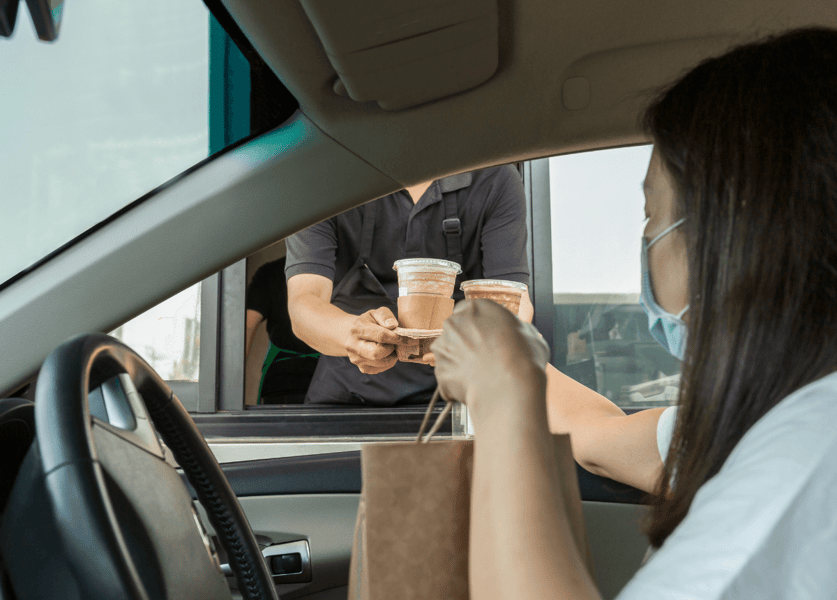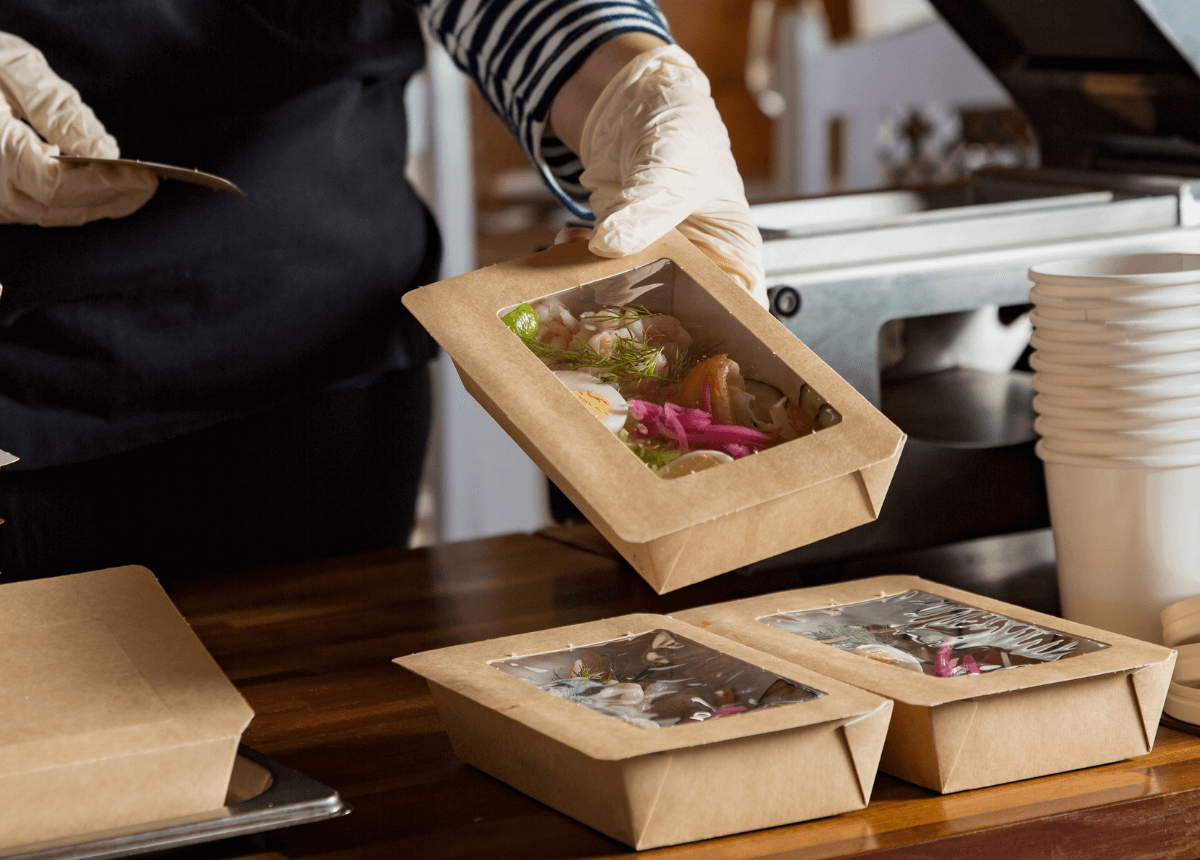Why Are Quick Service Restaurants Ditching Dining Rooms?
Restaurant Laura Johnson
Laura Johnson

Throughout the COVID-19 pandemic, quick service restaurants (QSR) were left with empty dining rooms and jam-packed drive-thrus. As a result, many popular QSR chains such as Jimmy Johns, McDonald’s, and Taco Bell have proposed new store concepts which completely eliminate the in-store dining experience in favor of larger kitchens with upgraded drive-thru capabilities.
But why and what does it mean for loss prevention?
While COVID-19 did hinder the ability of QSRs to open their doors to inside dining, drive-thru popularity grew, and popular chains continued to see sales increase year after year, despite the loss of dining rooms. However, even before the pandemic, American consumers viewed popular chains such as Jimmy Johns, McDonald's, and Taco Bell as an “on the go” meal alternative to the more formal sit-down restaurant.
Many Americans prefer drive-thru service as it does not require them to leave their car and holds a reputation for being faster when compared to carryout. In a report performed by the NPD Group, it was found that drive-thru visits accounted for 52% of QSR off-premises sales while carryout eating only accounts for roughly 37%.
In addition to drive-thrus being the most profitable business avenue, drive-thru-only restaurants take up much smaller footprints than the typical eatery. This allows companies to add new restaurants to their franchise while saving on the overhead cost to purchase large plots of land, build out a dining room, and keep that dining room staffed, clean, and up to date. By introducing drive-thru-only restaurants, QSRs are able to leverage the most profitable side of the business while decreasing wait times and removing the large overhead costs of running a dining room.
Jimmy Johns, the sandwich company known for its speedy service, launched their first drive-thru only location in Barstow, Florida at the end of January 2022 - nearly two years after the original Covid-19 shut down. The building boasts drive-thru lanes on both sides, as well as indoor pickup lockers for customers and delivery services to utilize with mobile ordering apps. The shift to drive-thru only kitchens is meant to ensure speed and efficiency while capitalizing on the most profitable aspect of the business. By eliminating the carryout option from their new store, Jimmy Johns can process orders with incredible speed and efficiency while enjoying the benefits of a smaller footprint store.
What do Drive-Thru only Restaurants Mean for Loss Prevention?
Drive-thrus offer employees a level of anonymity that they do not receive when working at a front counter. This emboldens employees and provides the perfect opportunity to manipulate orders and commit fraud without the customer’s knowledge and with a high sense of confidence that they will not be caught.
There are many kinds of manipulations that an employee may make to orders, however, the most common will be in the form of discounts and voids. Without the watchful eyes of a customer or coworker there to oversee the employee as they complete the transaction, it is easy to skip adding items to the order, post-void items, or provide discounts in the form of manual price adjustments without fear that a customer or coworker will notice. For example, in transactions where the customer is paying with cash, an employee may postvoid part of the customer’s order and pocket a few dollars from that sale. Another instance may be with an employee’s family member orders and receiving an unapproved discount.
In each example, a few dollars have been lost. However, those who abuse their position often are not a one-time act and will continue to take a few dollars whenever the opportunity arises which can substantially lower the margins/profitability. Overall, drive-thru operation emboldens employees and provides them with a platform to commit fraudulent acts with confidence.
When utilizing Agilence with drive-thru operations, the same metrics are used as any standard QSR with a dining room. With KPIs to track single item cash tender, the last item voided on cash transaction, discounts, and more, the Agilence platform was built with both internal and external threats in mind.
As with typical QSR internal threats, orders completed with cash payment are the most vulnerable to fraud. This is due to the anonymity of cash and the ease at which it can be stolen. However, other key factors can be captured using Agilence. Perhaps a particular restaurant was far below the region’s average sales, so that store’s employees are chosen for additional training.
Using Agilence, it is easy to track the effectiveness of this training through sales reports and individual employee metrics. Agilence can also be used to track individual employee metrics such as rewards account lookup or average till time to ensure every employee is meeting the high standards set by the company. The Agilence system is widely adaptable and can seamlessly fit into the future of drive-thru-only operation while continuing to leverage the proven reports and actions taken by current QSR customers today.
For more information on how to best utilize restaurant analytics to improve profitability across the enterprise, download "Beyond Basic Metrics: Leveraging Restaurant Data Analytics to Maximize Profits" now.
Related Articles

Putting the “Quick” in QSR: 4 Tips for Improving QSR Speed of Service
They call it a Quick Serve Restaurant for a reason. Customers enjoy great food, fast transactions, and speedy service from yo...
Weighing the Pros and Cons of Off-Premises Dining
The restaurant industry changed drastically in 2020 because of the COVID-19 pandemic and resulting changes to consumer behavi...%20(1)-1.png)
Improving Drive-Thru Speed of Service
In the fast casual and quick service restaurant industries, finding ways to increase your restaurant’s speed of service while...Subscribe to our blog
Receive free educational resources like exclusive reports, webinars, and industry thought leadership articles straight to your inbox.


